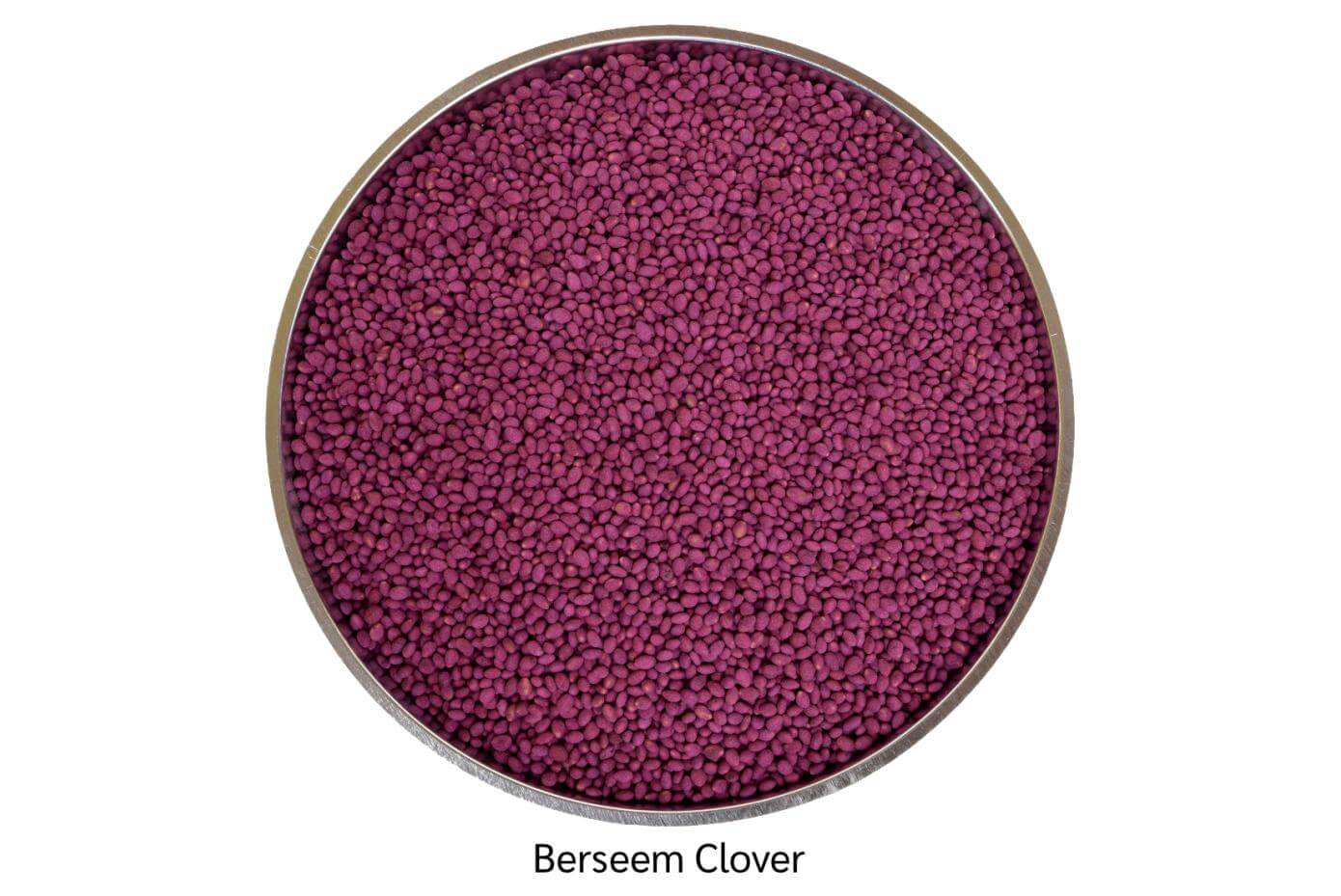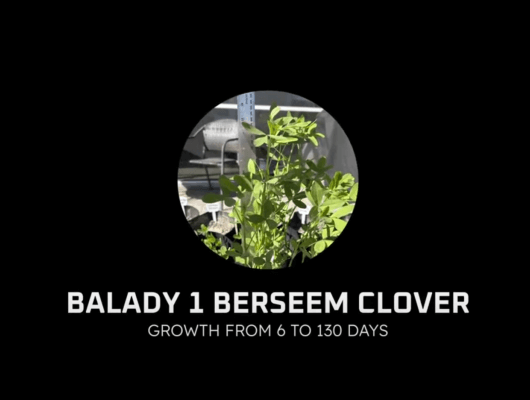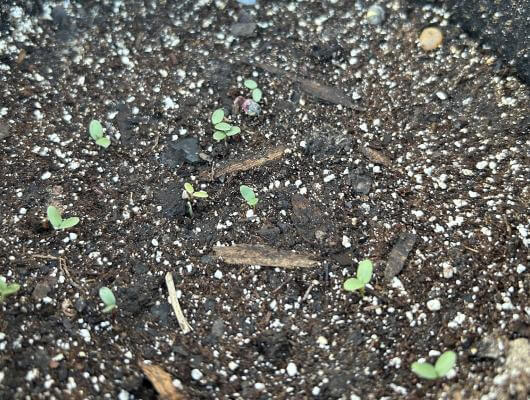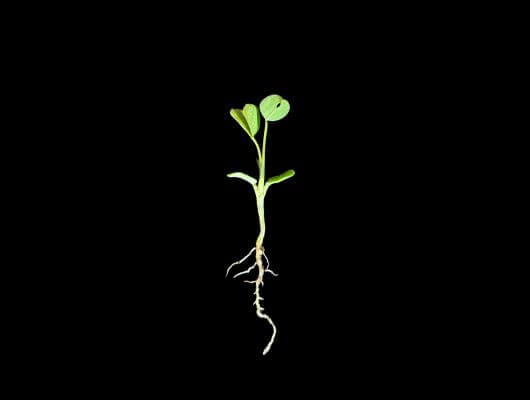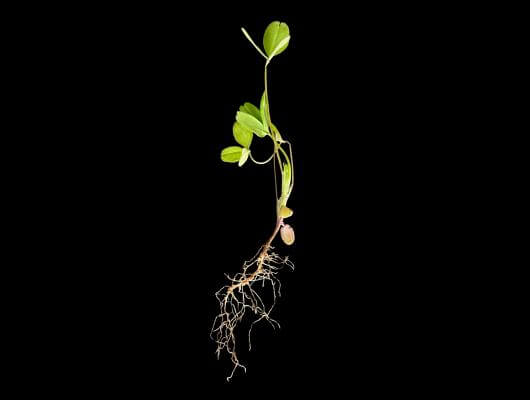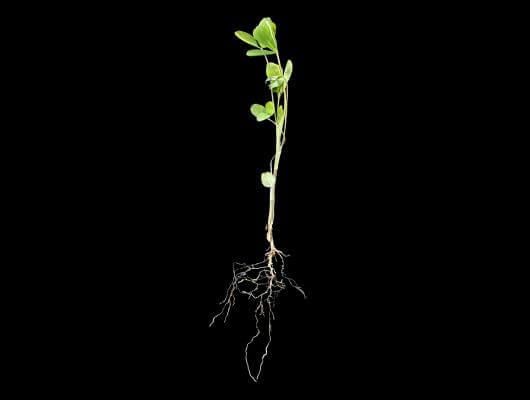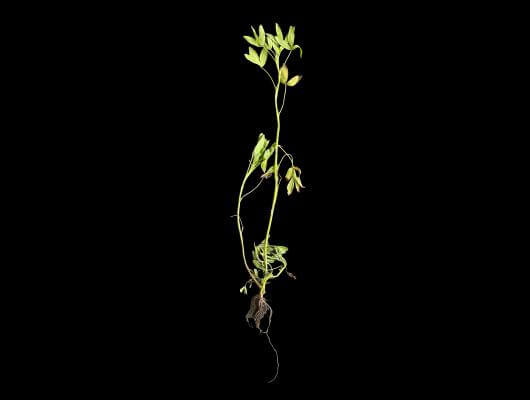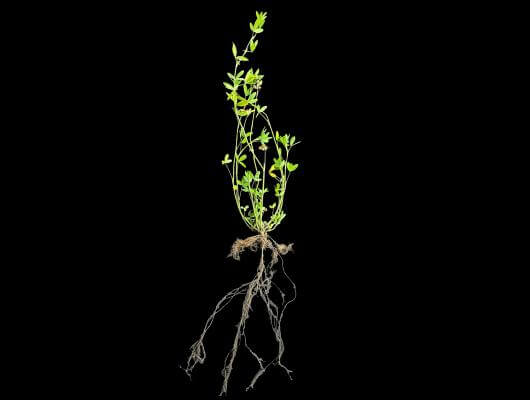Berseem Clover Trifolium Alexandrinum
Berseem's value as a legume crop has been known for centuries. It grows fast and produces large amounts of forage and nitrogen.
The past and the present.
Also called Egyptian clover, referencing its origin, Berseem clover has been a very important annual legume crop in the Nile Delta for thousands of years. Interest in Berseem in North America continues to grow for many uses, including: cover cropping, non-bloating forage production, green manure, and honey production.
Likes to stay warm.
Like all good things, berseem has its limits. A main one is cold temperatures. It dies when temperatures fall below 20°F for multiple days. Being a winter-susceptible annual in the North, berseem is used as a summer and fall annual, and as a winter annual in southern climates. Berseem wakes up after soil temperatures hit the mid 40°’s, but really starts to grow at 65°F and warmer. It is susceptible to frost kill in spring plantings. Berseem has a shallow taproot making it susceptible to droughty conditions. Berseem does better on non-sandy soils and prefers more alkaline soils to acidic soils. It can tolerate a bit of wet ground.
Useful as a cover crop and with other grains.
Berseem is especially useful as a natural-kill cover crop and works very well with companion grain crops like oats, grasses, and alfalfa. It is also great for giving quick browse for wildlife.
Good eating.
Berseem's fast growth converts into significant forage biomass and nitrogen. It has the ability to produce up to eight tons of dry matter (under irrigation).
Nitrogen producer.
Berseem can fix 200 pounds or more of nitrogen per acre. In California, an average of 280 lbs of N/ac was reported under a six-year trial. For optimal performance, berseem clover should be inoculated with Rhizobium leguminosarum biovar trifolii. This is best achieved with Nitro-Coat®.
Berseem Clover Specifications
Planting
- Zones
- 8 and 9
- Longevity
- Annual
- Ease of Establishment
- Excellent
- Seeds/lb
- 200,000
- Seeding Rate - Straight
- 10-15 lbs/ac
- Seeding Rate - Mix
- 8-12 lbs/ac
- Seeding Time
- September - October
- Seeding Depth
- 1/4 - 3/8"
- Seeding Method
- Broadcast or drilled (preferred)
- Method of Killing/Suppression
- Mowing; grazing; chemical
- Optimal Germination Temperature
- Night temperatures > 50°F
- Seedling Emergence/Vigor
- Good
- Reseeding Potential
- Fair
- Root Type
- Tap
Usage
- Grazing Potential
- Good
- Hay Potential
- Excellent
- Use with Wildlife
- Excellent
- Use in Orchards
- Good
- Use with Row Crops
- Good
- Use with Other Grasses/Legumes
- Good
- Bees/Beneficial Insects
- Good
- Compaction Control
- Good
- Erosion Control
- Good
- Weed Suppression Potential
- Good
- Green Manure/Cover Crop Use
- Excellent
- Spreading Capability
- Fair
- N Contribution Potential
- Excellent
- DM Potential
- Excellent
- Forage Quality
- Good
- Harvest Time Frame (late/early/year-round)
- Early
- Number of Harvest/yr
- Up to 3 harvests
- Other Comments
- Poor winter hardiness therefore not recommended north of zone 8.
Tolerance
- Bloat Risk
- Rare
- Disease Resistance
- Poor
- Insect/Nematode Risk
- High
- Cold Tolerance
- Poor
- Traffic Tolerance
- Fair
- Heat Tolerance
- Excellent
- Drought Tolerance
- Good
- Shade Tolerance
- Good
- Dry Soil Tolerance
- Good
- Wet Soil Tolerance
- Good
- pH Range
- Best on loam soils with pH > 6.5
- Required Fertility (P,K, other nutrients)
- Requires high fertility (more like Alfalfa) including the addition of Boron.
